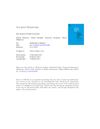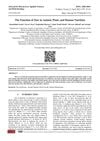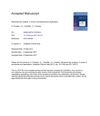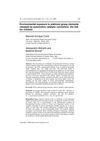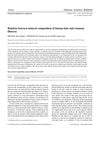In Search of Decoding the Syntax of the Bioelements in Human Hair: A Critical Overview
April 2018
in “
Journal of trace elements in medicine and biology
”
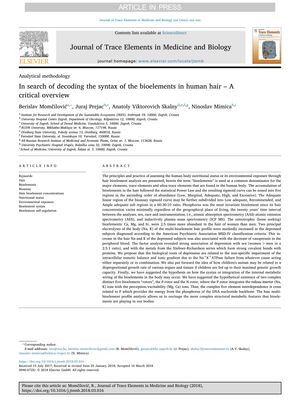
TLDR Hair analysis can show nutritional status and environmental exposure, with phosphorus being very stable in hair and differences found based on gender and conditions like depression and autism.
The document provides an overview of how hair bioelement analysis can be used to assess nutritional status and environmental exposure in humans. It explains that the accumulation of bioelements in hair follows a Power Law, resulting in a sigmoid curve that can be divided into five abundance regions: Low, Marginal, Adequate, High, and Excessive. Phosphorus was found to be the most stable bioelement in hair across various factors. The study also found that women had 2.5 times more osteotrophic elements (Ca, Mg, Sr) in their hair than men, and that individuals with depression had increased levels of Na and K in their hair, which was associated with decreased vasopressin in the blood. Depression was more strongly associated with women and with metals that form strong covalent bonds with proteins. The paper suggests that depression may be linked to an impairment of intracellular osmotic balance and ionic gradient due to Na+K+ATPase failure. It also discusses the potential relationship between children's autism and disproportionate organ growth when fed to their maximum genetic capacity. The authors propose the existence of two complex five-bioelement "rotors" (P-rotor and N-rotor) that integrate various ions with the energy provided by phosphorus in DNA. The analysis of hair bioelements is posited to reveal complex metabolic interactions of bioelements in the body.

